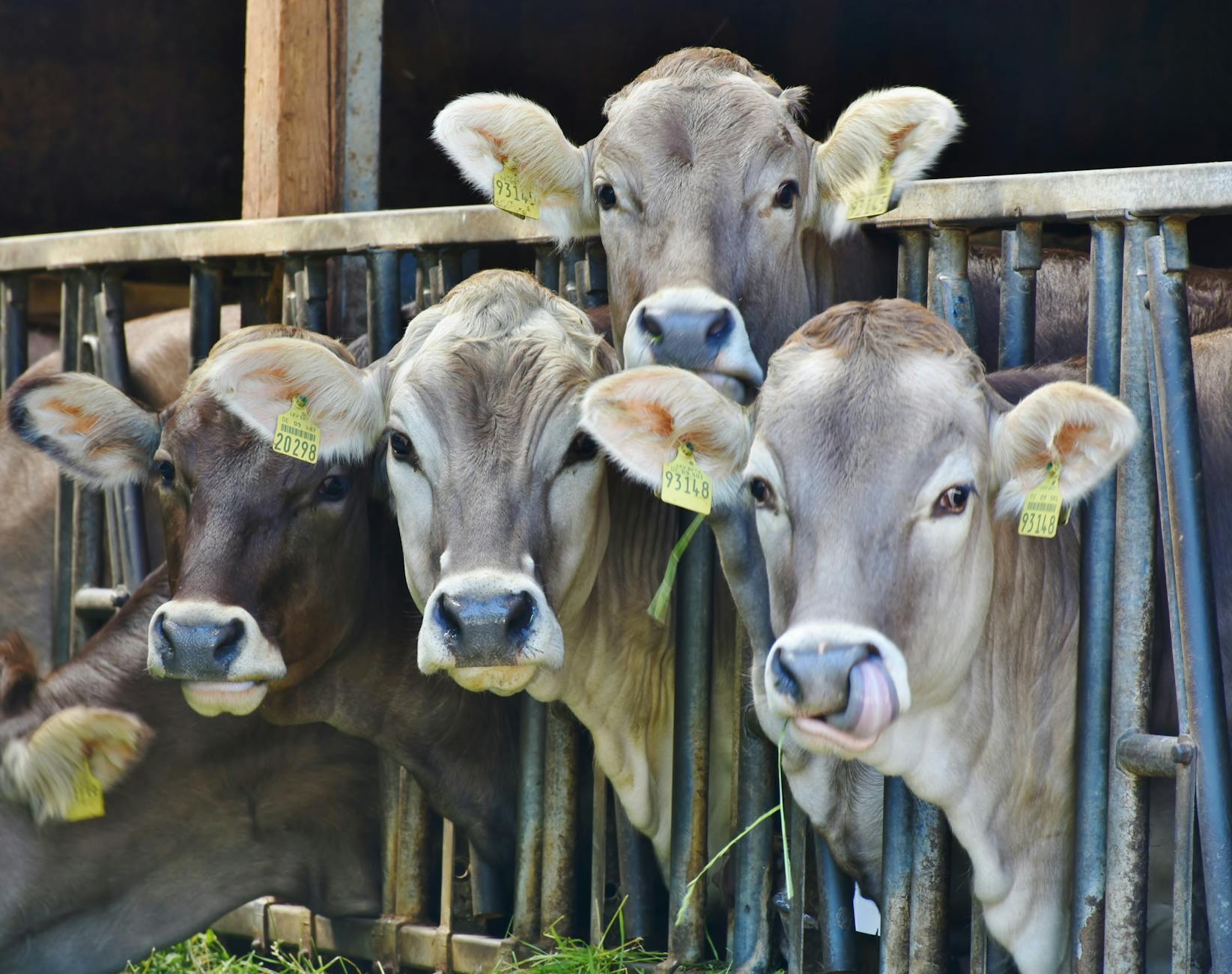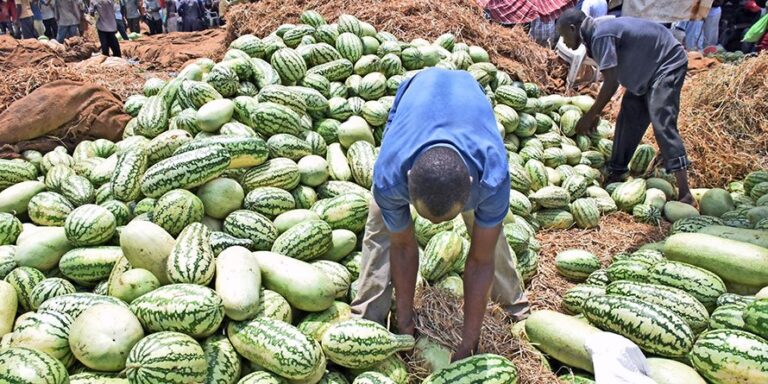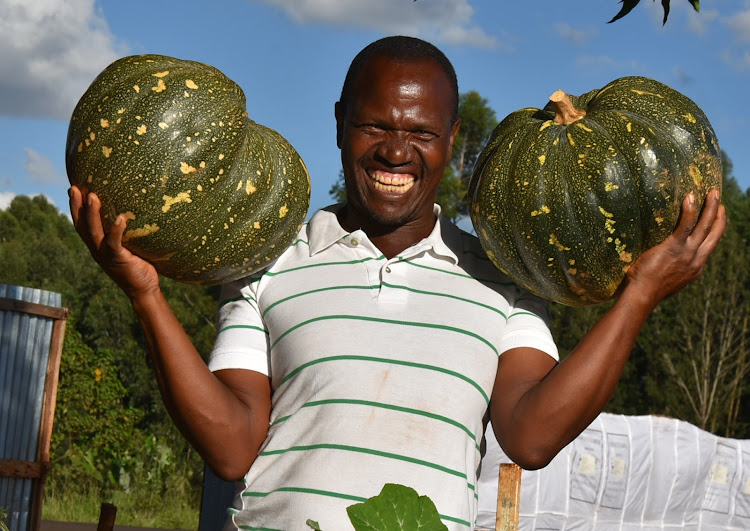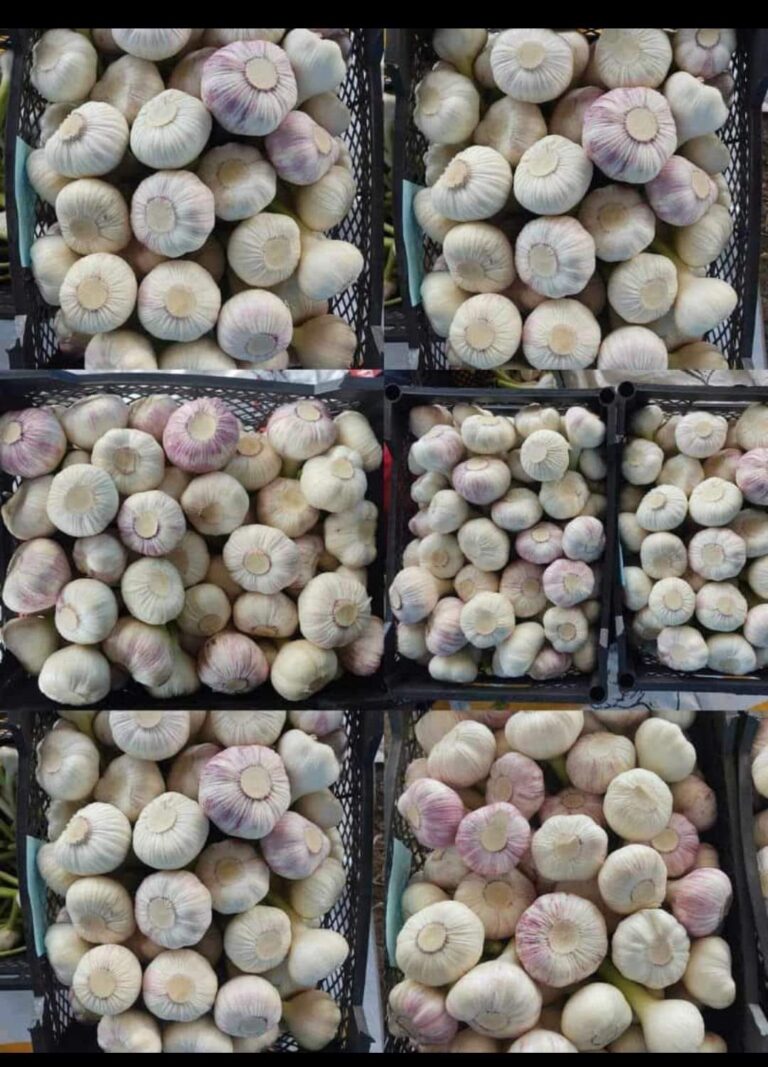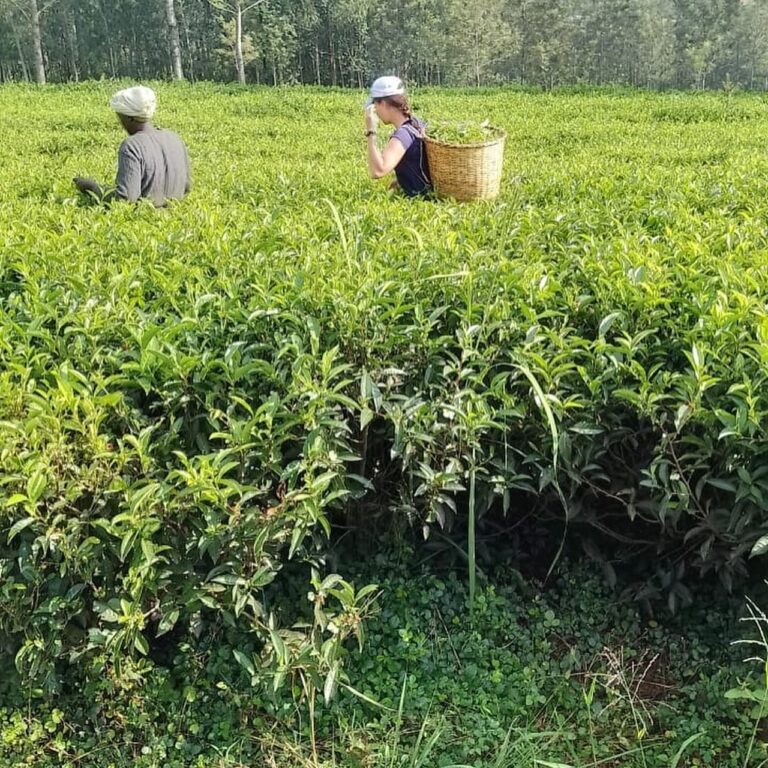Cost Of Starting A Feedlot In Kenya
What are Feedlots?
Feedlots in Kenya are large-scale commercial farms that raise livestock, typically cattle, for meat production. These farms are typically owned by large agribusiness companies and are designed to maximize efficiency and profitability.
Feedlots in Kenya are regulated by the Kenya Livestock Marketing Board and are required to adhere to strict standards for animal welfare and environmental protection.
Feedlots in Kenya are agricultural units where animals are confined and fed in a controlled environment, such as zero-grazing units, to fatten them for meat production.
Traditional pastoralism remains prevalent in Kenya, with most cattle being grass-fed through open grazing, despite the potential for feedlot farming to mitigate losses during droughts and dry seasons.
Feedlotting involves keeping emaciated animals in a confined area and feeding them a specialized diet until they reach slaughter weight, providing a solution for livestock production challenges in semi-arid areas like Kajiado County.
Feed lotting supply of quality cattle that meets market specifications for weight and fat score. The duration can vary from 60-120 days.
Approximately 1 acre of land is required per 100 head of cattle for pen space, alleys, and feed roads and ¼ to 1 acre per 100 head of cattle for the waste control facility. Animals are fed on a high-quality grain diet which ranges from sh1,800 to 4,000 for a 90kg bag of maize.
To reduce food costs, farmers have learned to make their own foods while maintaining the right ratios. The cow is expected to gain 1.5 kg per day so as to attain the market weight of ideally 400kg at the end of 90 days. To avoid diseases, vaccinating animals is key.
The rising trend of feedlot systems in Kenya is evident, with farmers turning to this modern approach to ensure a consistent supply of quality cattle to meet market demands.
Despite the potential for high returns, feedlot farming in Kenya is considered risky, capital-intensive, and knowledge-driven, with challenges including high feed costs and the need for precise management and veterinary care
How Much Capital Investment Is Typically Required For Feedlot Farming In Kenya?
The cost of starting a feedlot in Kenya can vary greatly depending on factors such as the size of the feedlot and the type of livestock being raised.
According to the Kenya Animal Husbandry and Cooperatives Development Authority, the average cost of setting up a feedlot in Kenya ranges from KES 600,000 to 1,250,000, but this can be higher depending on the range of equipment you use in the process.
You may also need to consider the cost of taking land, building infrastructure, purchasing feed and other related costs. You will need to make a detailed budget and plan in consultation with professionals in the field, to get a more specific quote.
